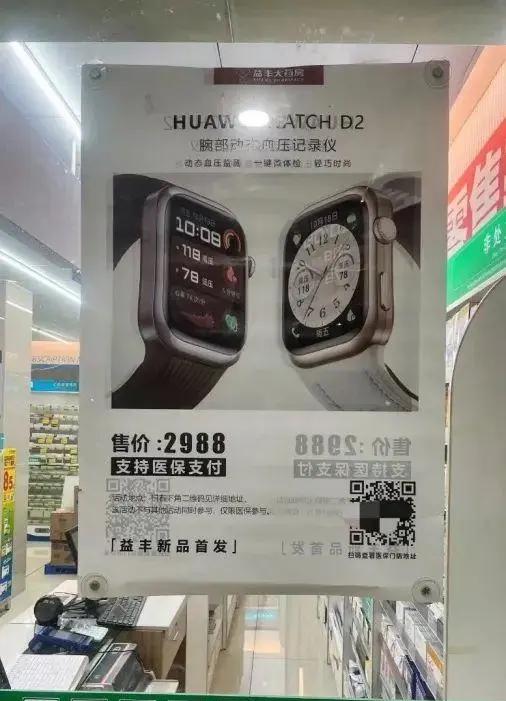Medical Insurance Coverage for Smart Watches in China: A Complex Intersection of Healthcare and Technology
Guangdong Province’s medical insurance bureau confirms HUAWEI WATCH D2, a blood pressure monitoring smartwatch, is eligible for personal medical insurance coverage, sparking discussions about healthcare device regulations and insurance policies.

The recent announcement that the HUAWEI WATCH D2 smartwatch qualifies for personal medical insurance coverage in Guangdong Province, China, has ignited a significant debate about the intersection of consumer technology and healthcare devices. This development represents a unique case study in how traditional healthcare policies adapt to emerging technologies.
The HUAWEI WATCH D2, priced at 2,988 yuan (approximately $460), is marketed as a wrist-mounted dynamic blood pressure monitor. It has obtained Class II medical device certification in China, placing it in a unique position between consumer electronics and medical equipment. The device’s dual identity as both a smartwatch and a medical device raises important questions about product classification and regulation.
Several key aspects warrant examination:
Medical Device Classification The WATCH D2’s certification as a Class II medical device distinguishes it from conventional smartwatches. This classification requires meeting specific medical equipment standards and regulations, including accuracy requirements for blood pressure monitoring. However, some medical professionals question whether a wearable device can maintain the necessary precision for clinical diagnosis.
Personal Medical Insurance Accounts In China’s healthcare system, personal medical insurance accounts consist of funds contributed directly from employees' salaries. These accounts are traditionally reserved for medical expenses and certified medical devices. The inclusion of a smart device in this category represents a significant shift in how these funds can be utilized.
Market Implications This development could influence both the healthcare and consumer technology sectors. Other manufacturers, such as Xiaomi with its Watch H1, have entered this market segment. The convergence of medical devices and consumer electronics may create new opportunities while raising concerns about the proper use of medical insurance funds.
Regulatory Oversight The Guangdong Provincial Medical Insurance Bureau’s approval highlights the evolving nature of healthcare device regulation. While the bureau confirms the device’s eligibility for insurance coverage, questions remain about the broader implications for medical device certification and retail distribution.
Distribution Channels An interesting aspect of this situation is the limited availability through traditional medical device retailers. While some pharmacies can process medical insurance payments for the device, major retailers and even Huawei’s official stores do not support this payment method, creating a complex distribution landscape.
The HUAWEI WATCH D2 case demonstrates the challenges of categorizing and regulating hybrid devices that bridge the gap between consumer electronics and medical equipment. As technology continues to advance, healthcare policies and regulations may need further adaptation to address these emerging product categories while maintaining appropriate standards for medical devices and insurance coverage.